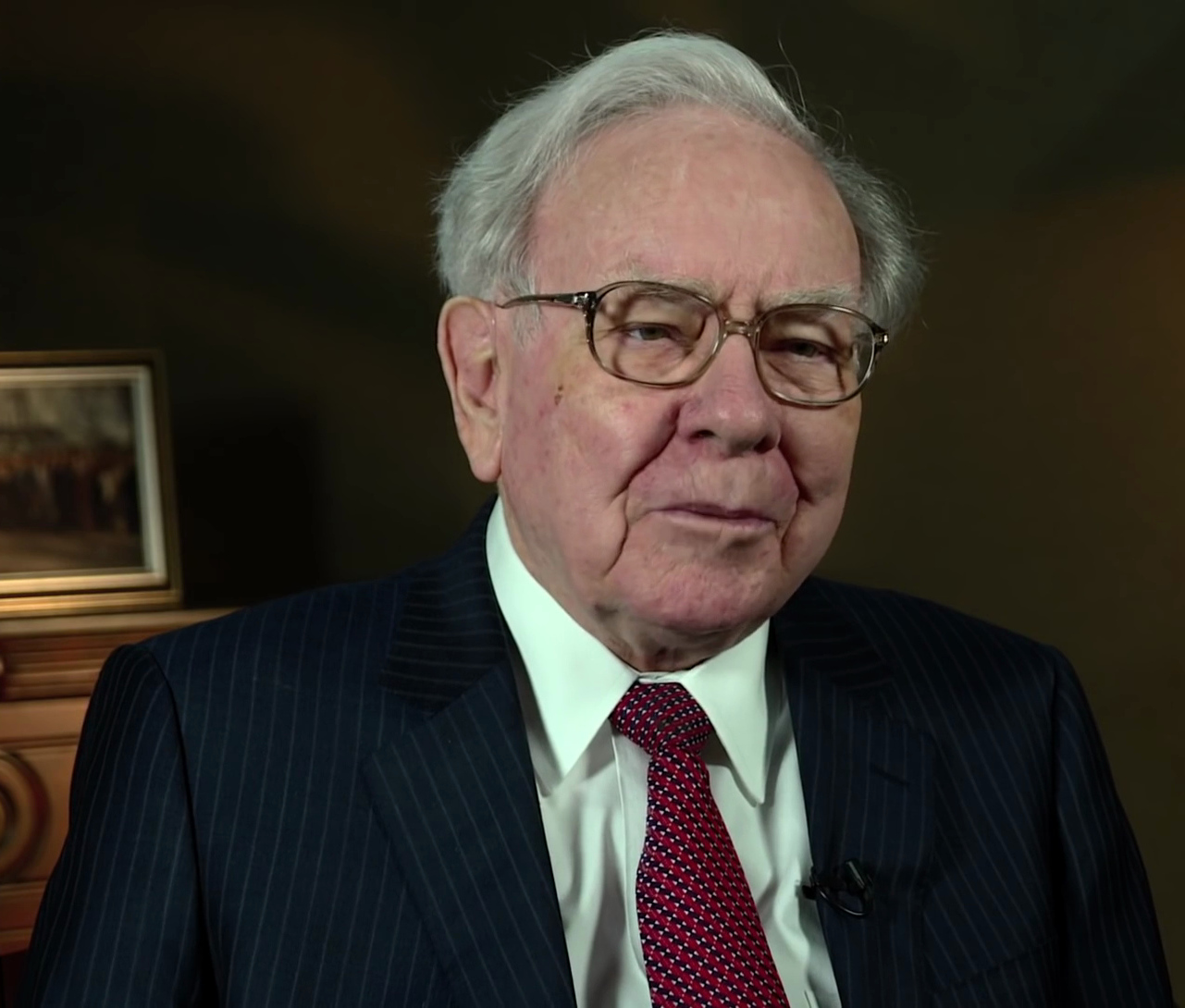 Pessimism is spreading like wildfire on Wall Street, and this is particularly true among one very important group of investors. And considering how much money they have, it may be wise to listen to what they are telling us. According to a very alarming survey that was recently conducted by UBS Wealth Management, most wealthy investors now believe that there will be a “significant” stock market decline before the end of next year. The following comes from Yahoo Finance…
Pessimism is spreading like wildfire on Wall Street, and this is particularly true among one very important group of investors. And considering how much money they have, it may be wise to listen to what they are telling us. According to a very alarming survey that was recently conducted by UBS Wealth Management, most wealthy investors now believe that there will be a “significant” stock market decline before the end of next year. The following comes from Yahoo Finance…
Wealthy people around the globe are hunkering down for a potentially turbulent 2020, according to UBS Global Wealth Management.
A majority of rich investors expect a significant drop in markets before the end of next year, and 25% of their average assets are currently in cash, according to a survey of more than 3,400 global respondents. The U.S.-China trade conflict is their top geopolitical concern, while the upcoming American presidential election is seen as another significant threat to portfolios.
Of course this could ultimately become something of a self-fulfilling prophecy if enough wealthy investors pull their money out of stocks and start increasing their cash reserves instead. Nobody wants to be the last one out of the barn, and it isn’t going to take too much of a spark to set off a full-blown panic. Perhaps the most troubling number from the entire survey is the fact that almost 80 percent of the wealthy investors that UBS surveyed believe that “volatility is likely to increase”…
Nearly four-fifths of respondents say volatility is likely to increase, and 55% think there will be a significant market sell-off before the end of 2020, according to the report which was conducted between August and October and polled those with at least $1 million in investable assets. Sixty percent are considering increasing their cash levels further, while 62% plan to increase diversification across asset classes.
During volatile times for the market, stocks tend to go down.
And during extremely volatile times, stocks tend to go down very rapidly.
Could it be possible that many of these wealthy investors have gotten wind of some things that the general public doesn’t know about yet?
Of course the truth is that anyone with half a brain can see that stock valuations are ridiculously bloated right now and that a crash is inevitable at some point.
And as I noted yesterday, corporate insiders are currently selling off stocks at the fastest pace in about two decades.
But why is there suddenly so much concern about 2020?
A different survey of business executives that was recently conducted found that 62 percent of them believe that “a recession will happen within the next 18 months”…
A majority of respondents – 62% – believe a recession will happen within the next 18 months. Private companies are particularly worried that a recession lurks in the near term, with 39% anticipating a recession in the next 12 months. This compares with 33% of public company respondents who felt the same way. About one-quarter – 23% – of respondents do not expect a recession within the next two years.
62 percent is a very solid majority, and without a doubt we are starting to see businesses pull back on investment in a major way.
In fact, according to Axios business investment in the United States has now dropped for six months in a row…
- Business investment has fallen for six months straight and declined by 3% in the third quarter, the largest drop since 2015.
- The retrenchment by businesses helped turn Wednesday’s U.S. workforce productivity report — a key economic metric that compares goods-and-services output to the number of labor hours worked — negative for the first time in four years.
I know that I bombard my readers with numbers like this on an almost daily basis, but I cannot stress enough how ominous the economic outlook is at this point.
And it isn’t just the U.S. that we need to be concerned about. Two other surveys that measure the business outlook for the entire globe just fell to their lowest levels in a decade…
The IHS Markit global business outlook—which surveys 12,000 companies three times a year—fell to the worst level since 2009, when data was first collected.
The Ifo world economic outlook, which surveys 1,230 people in 117 countries, fell in the fourth quarter to the worst level since the second quarter of 2009.
Markit’s poll found optimism for activity, employment and profits in the year ahead were all at the lowest level since the financial crisis. Markit also reported a decline in planned investment spending, with inflation expectations at a three-year low.
It is really happening.
The global economy really is heading into a major downturn.
And once this crisis really gets rolling, it is going to be exceedingly painful.
All across America, big companies are already starting to go under at a pace that is absolutely frightening. For instance, on Tuesday one of the biggest dairy companies in the entire country filed for bankruptcy…
Dairy giant Dean Foods filed for Chapter 11 bankruptcy protection as declining milk sales take a toll on the industry.
Dean Foods – whose more than 50 brands include Dean’s, Land O’ Lakes and Country Fresh – said it intends to continue operating.
The company said it “is engaged in advanced discussions” for a sale to Dairy Farmers of America, a national milk cooperative representing farmers, producers and brands such as Borden cheese and Kemps Dairy.
I have quite a few relatives in Minnesota, and I have always had a soft spot for Land O’Lakes butter. So it definitely saddened me to hear that this was happening.
But a lot more major casualties are coming.
Of course the economic optimists will continue to insist that we are just experiencing a few bumps on a path that leads to a wonderful new era of American prosperity. They will continue to tell us of a great “financial harvest” that is about to happen even when things are falling apart all around us.
You can believe them if you want, but most wealthy investors and most business owners believe that hard times are dead ahead.
I have never seen so much pessimism about a coming year as I am seeing about 2020 right now.
There is a growing national consensus that it is going to be a very chaotic year, and I would recommend using what little time you have left to get prepared for it.
About the Author: I am a voice crying out for change in a society that generally seems content to stay asleep. My name is Michael Snyder and I am the publisher of The Economic Collapse Blog, End Of The American Dream and The Most Important News, and the articles that I publish on those sites are republished on dozens of other prominent websites all over the globe. I have written four books that are available on Amazon.com including The Beginning Of The End, Get Prepared Now, and Living A Life That Really Matters. (#CommissionsEarned) By purchasing those books you help to support my work. I always freely and happily allow others to republish my articles on their own websites, but due to government regulations I need those that republish my articles to include this “About the Author” section with each article. In order to comply with those government regulations, I need to tell you that the controversial opinions in this article are mine alone and do not necessarily reflect the views of the websites where my work is republished. This article may contain opinions on political matters, but it is not intended to promote the candidacy of any particular political candidate. The material contained in this article is for general information purposes only, and readers should consult licensed professionals before making any legal, business, financial or health decisions. Those responding to this article by making comments are solely responsible for their viewpoints, and those viewpoints do not necessarily represent the viewpoints of Michael Snyder or the operators of the websites where my work is republished. I encourage you to follow me on social media on Facebook and Twitter, and any way that you can share these articles with others is a great help.















